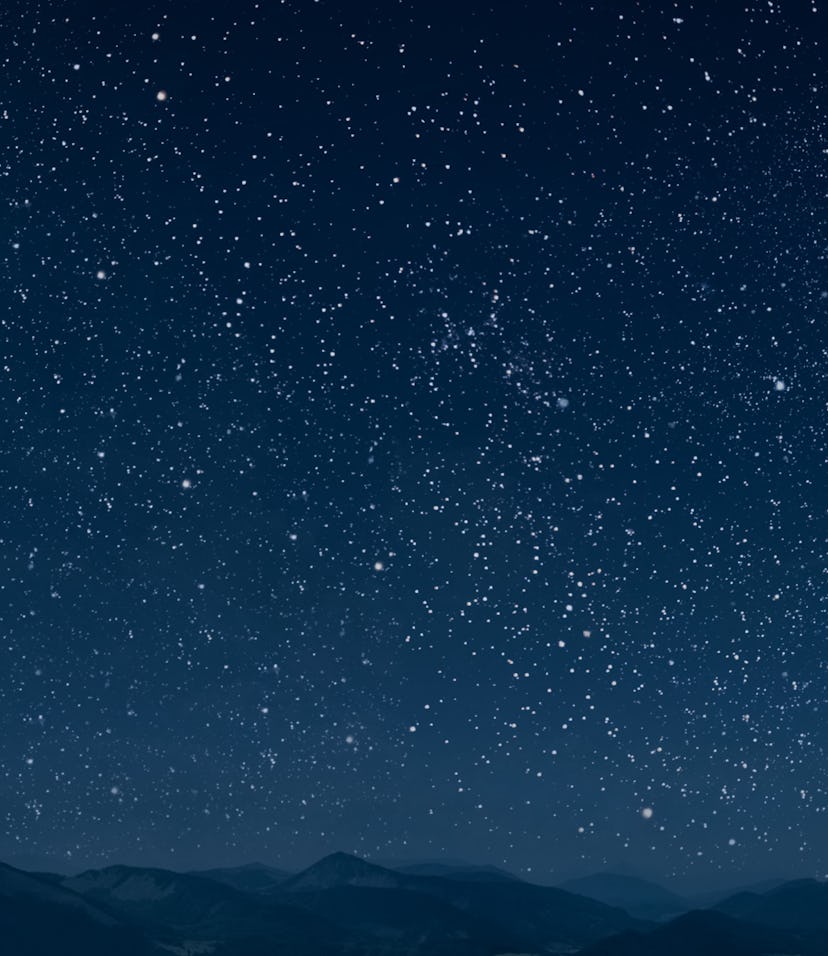Life

Here's How To Know If You're Looking At The Real Christmas Star
It's something cool that hasn't been seen since the Middle Ages.
This week, the two largest planets in our solar system, Jupiter and Saturn, will come together and create an astrological spectacle that has not occurred since the Middle Ages. Nicknamed the "Christmas Star" because it's visible during the week of Christmas (appearing on December 21), for Christians, it was also the "Star of Bethlehem" that the Three Wise Men followed to see Jesus Christ more than 2,000 years ago.
But to break it down in scientific terms, NASA scientists said this pairing does not consitute an actual star. The two plants will align to make a "planetary conjunction" that will be visible in the sky for the next two weeks. As per NASA, the last time the world was treated to such a spectacle was in 1623 when Jupiter and Saturn traveled together across the sky and Jupiter passed Saturn in an astronomical event known as a “Great Conjunction.”
“From our vantage point, we’ll be able to be to see Jupiter on the inside lane, approaching Saturn all month and finally overtaking it on December 21," said NASA astronomer, Henry Throop, in a press release on NASA's website.
Here's how you can see the Christmas Star...
NASA lists the three best ways to view the "Christmas Star starting on Dec. 21:
- The best views will be one hour after sunset. NASA said Jupiter will look like a bright star and will be easily visible.
- Find "an unobstructed view of the sky" such as a park or field. NASA said both planets can be seen from most cities around the world.
- And there is no need for a telescope! NASA said the planets can be seen with an "unaided eye". However, if you have binoculars or a small telescope, you may be able to see Jupiter’s four large moons.
NASA lists more star watching tips on their website.
More viewing tips...
Scientists said the Jupiter-Saturn conjunction will be low in the western sky for about an hour after sunset each evening during this time.
Astronomer Patrick Hartigan, a professor of physics and astronomy at Rice University in Houston, said the best time for U.S. viewers to see the conjunction will be twilight. Hartigan said waiting an hour after the sun sets will make the planets harder to spot.
On Christmas night, the planets will "appear" even closer, but NASA said they are still hundreds of miles apart.
Observatories such as the Lowell Observatory in Flagstaff, Arizona will host a live view starting at 7 P.M.EST on their YouTube page.
However you choose to watch it, whether for scientific or religious reasons, it promises to be an one-of-a-kind spectacle.